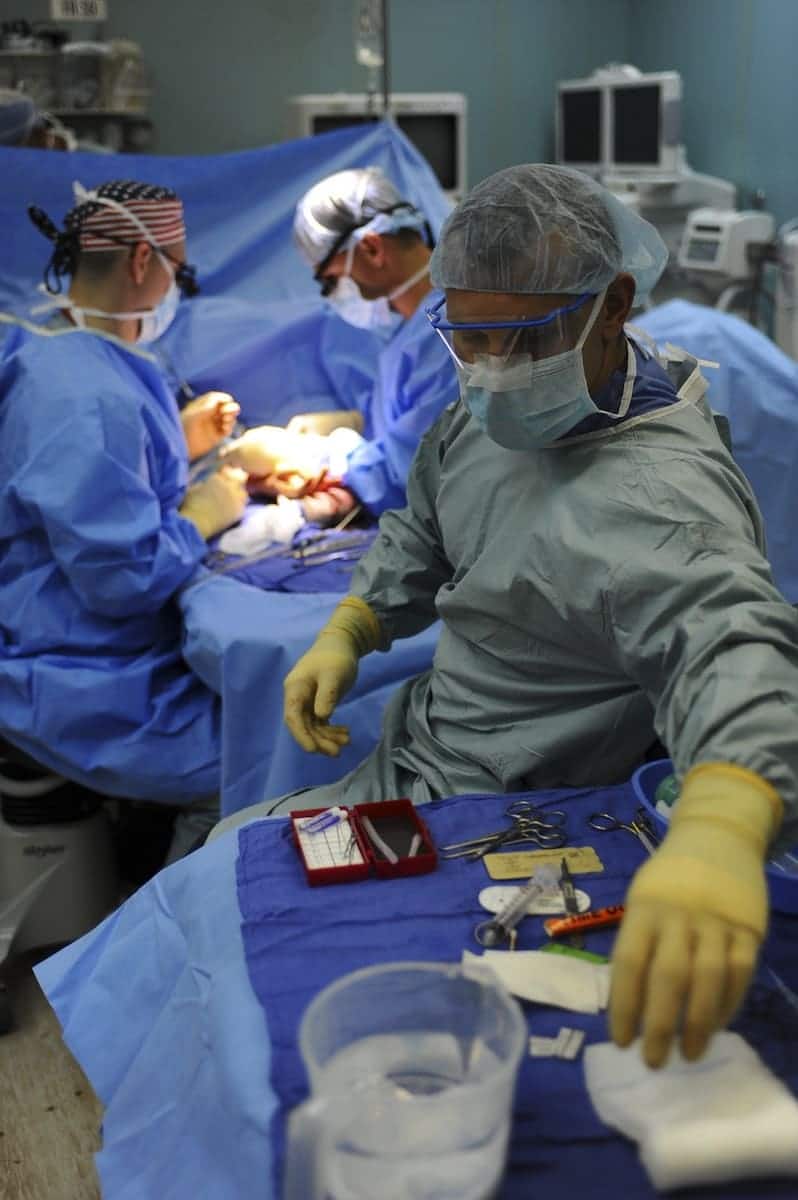Helping Hospitals Reduce Costs With Patient Ambulation
Reduce secondary infections with patient ambulation. Patient immobility is known to contribute to the buildup of fluid in the lungs and reduces the circulation of blood and lymph, which can worsen the effects of severe respiratory illness and increase the risk of dangerous and costly secondary complications, including delirium and pressure ulcers. These hospital-acquired complications (secondary infections) make recovery harder for patients, but they also dramatically increase cost-of-treatment for hospitals. Fortunately, these costs and complications are avoidable though safe early patient mobility (patient ambulation). Yes, its is possible to reduce secondary infections with patient ambulation.
Patient ambulation (patient mobility) may not have been feasible in the first wave of COVID-19, but now that designated wards and facilities have been re-established, returning to best-practice patient mobilization can only have positive outcomes for patients and staff, while significantly improving overall hospital cost-savings. Even incremental reductions in hospital-acquired secondary conditions are medically and financially beneficial for patients, staff, and hospitals. The benefits from patient ambulation are numerous, especially when it comes to positive patient outcomes, but the financial benefit across hospital operations is significant.
Beneficial Reading
Progressive Mobility Protocols
Learn more about Livengood Medical Mobi Solutions.












